

Now playing:
Watch this:
Best HDTVs for gamers
4:02
If you’re a serious enough gamer to be thinking about buying a new TV along with a new Xbox One or PlayStation 4, or even if you’re waiting, you should know about TV input lag.
That’s the term for the delay, in milliseconds, between a TV receiving a signal and the results of that signal appearing on the screen. Those milliseconds are irrelevant for TV shows and movies, and they don’t even matter for most games — the majority of gamers probably wouldn’t even notice if their TV was laggy. But if you’re an attentive, skilled gamer, especially one who plays “twitch” games like Call of Duty, Halo, or fighting games, especially in online multiplayer environments, input lag can mean the difference between virtual life and death.
CNET started testing for input lag last year, and so far we’ve corralled a bunch of 2013 TVs (the 2014 TVs are still a few weeks away). Here are the best five TV so far, plus one projector, in ascending order of lag in Game mode — or the least laggy picture mode, if Game isn’t an option. For reference, we grade under 40ms of lag as Good, 40 to 70 as Average, and more than 70 as Poor.
Update, February 26, 2014: Since we updated this roundup last November, only the Sony R520 — yes, another Sony TV — has cracked the Top 5. I updated the a table at the end of the article with the lag scores of every TV and projector we’ve tested since we began in early 2013. See if you can spot the lone projector we reviewed in 2014 (hint: scroll waaaay down).
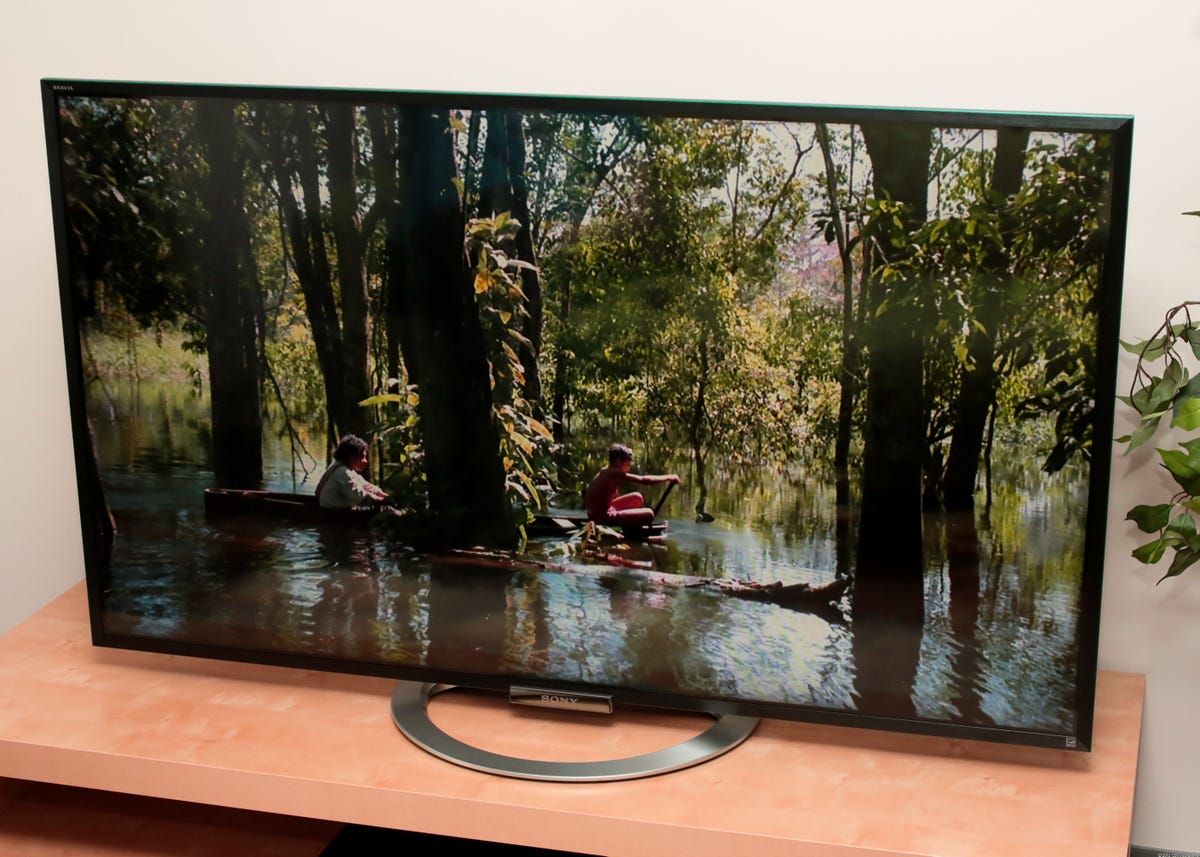
Sarah Tew/CBS Interactive
Sony KDL-55W802A: 16.9ms lag Despite the full array of picture processing and Smarts, this LED LCD delivers the least lag we’ve tested, thanks to an ultra-aggressive Game mode. Read the full review.
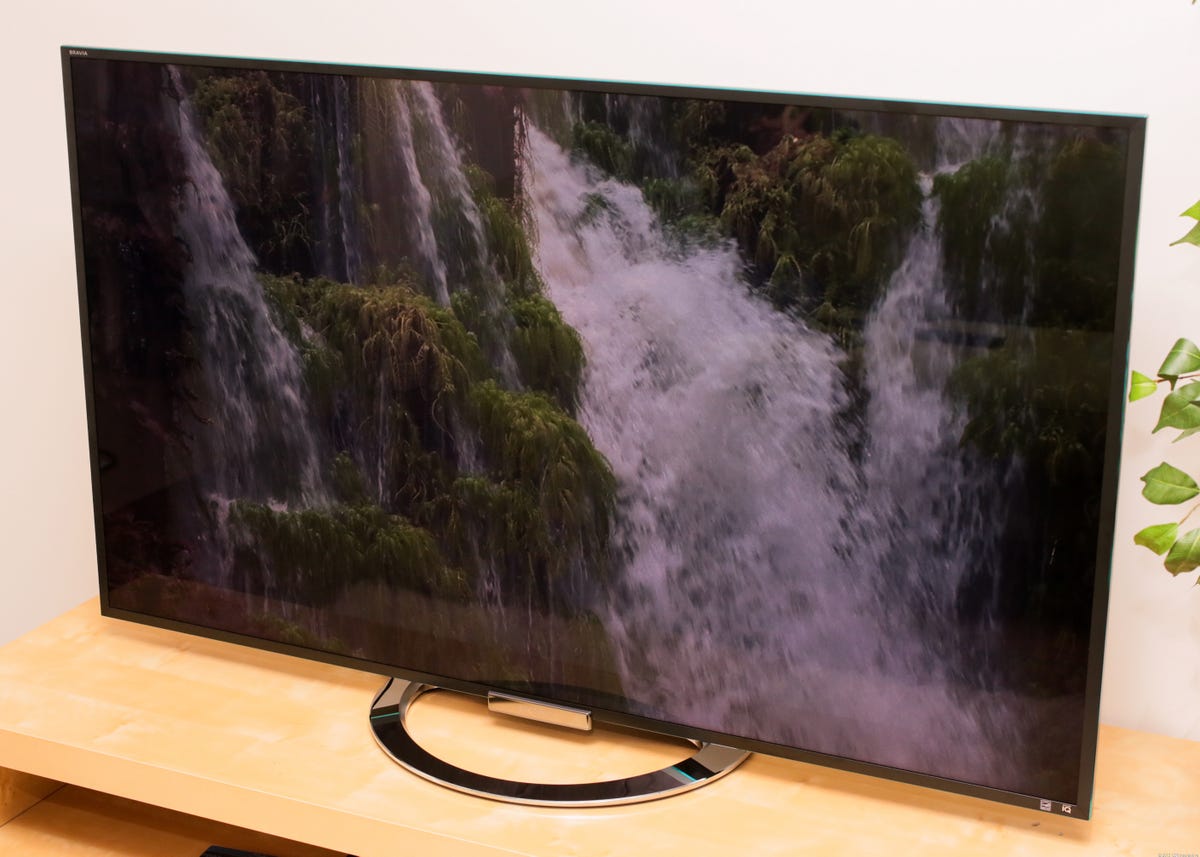

Sony KDL-55W900A: 19.7ms lag The second-best so far is also a Sony, and while it costs a lot more than the 802A, this one does have a better picture. Read the full review.
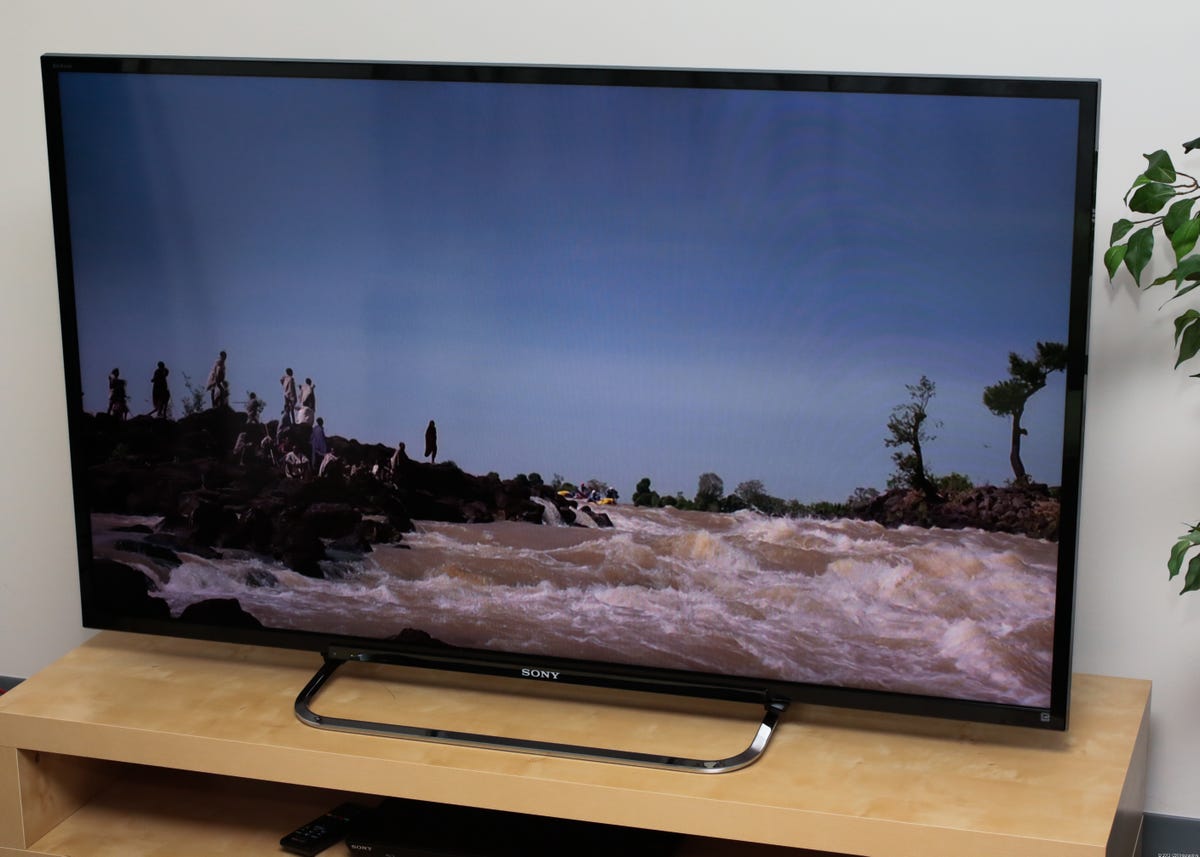

Sony KDL-60R520A: 31.9ms lag So, this officially proves that Sony’s Game mode sets the industry standard. We tested the 60-inch version of the R550/R530 series, the company’s mainstream line for 2013 and a better value than the two above. Read the full review.
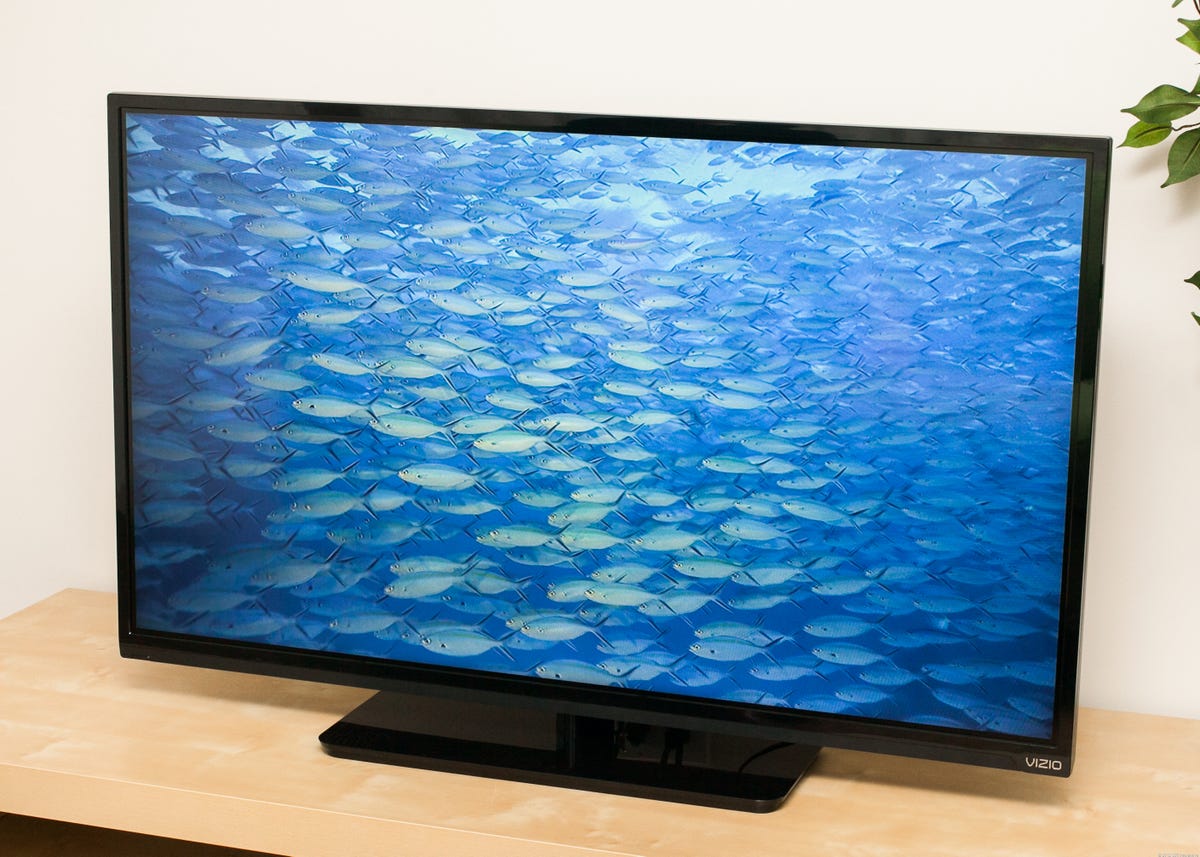

Vizio E500i-A1: 32.2ms lag Speaking of value, this Vizio is one of the least expensive on this list at $650 for the 50-inch size. The best gamers might notice a tiny bit more lag than the Sonys in a side-by-side comparison, but it is still extremely fast. Read the full review.
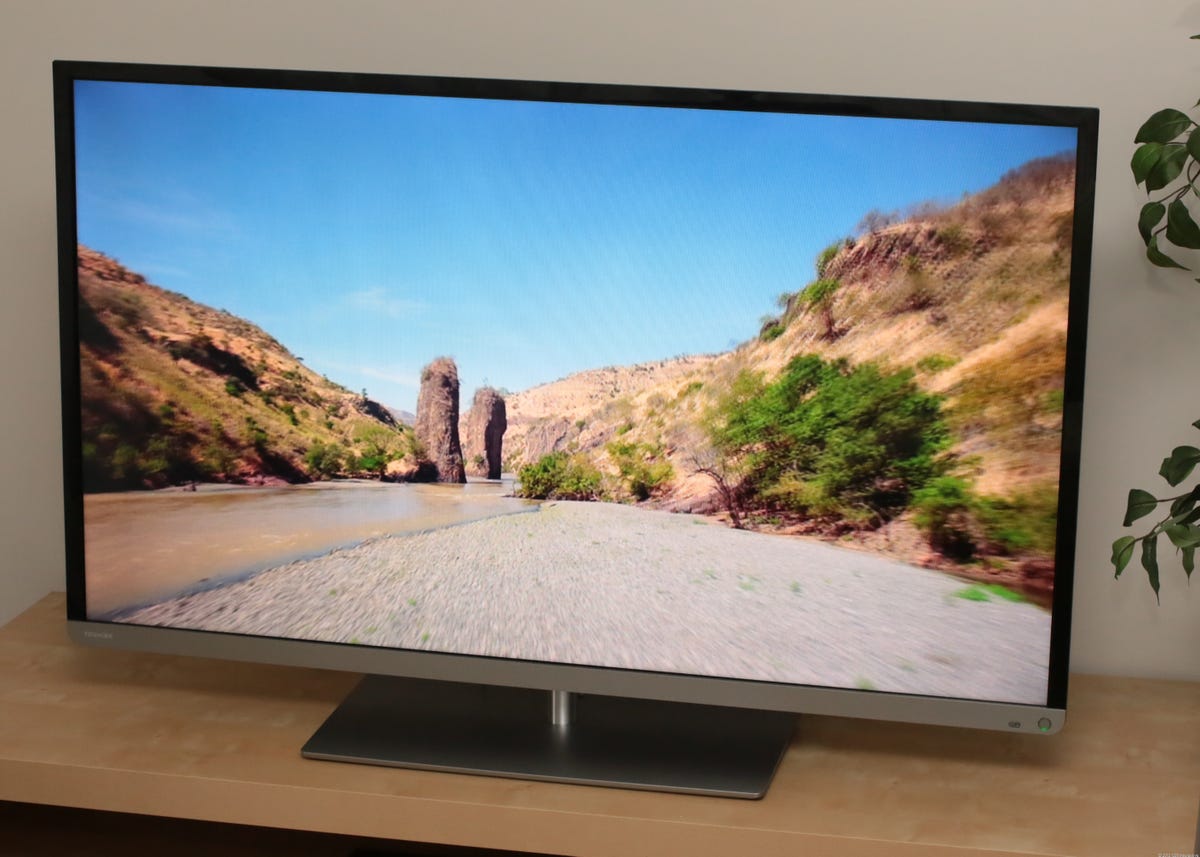

Toshiba 50L2300U: 33.4ms lag Although it didn’t score very well in our picture quality testing, the Toshiba has the distinction of being the least expensive TV on this list, beating even the Vizio by a few bucks. The Vizio is a much better all-around TV, however. Read the full review.
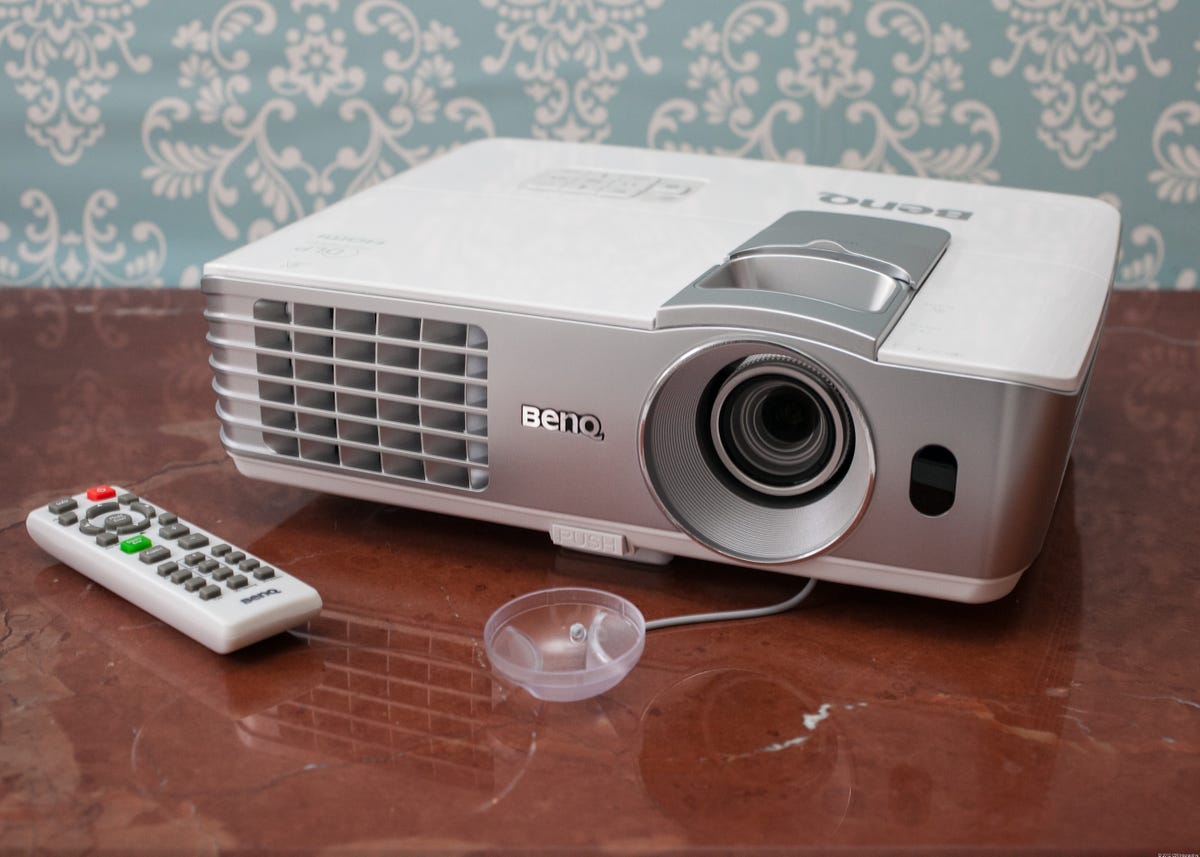

Bonus: BenQ W1070: 33.7ms lag Our favorite budget projector also happens to be the speediest we tested. If you can game on a 100-inch screen like this guy, why not? Read the full review.
Looking for more options? Check out our list of the best TVs on the market today.
Read more:
- Best game subscription services: Here’s how to choose
- The best racing wheels and pedals for iRacing and your budget
- Budget hack: Replace Netflix and other pricey subscriptions with these free versions
- Best Xbox gaming headset for 2020
- Best TVs for PS5 and Xbox Series X, Series S with 4K, 120fps input and VRR
- Most anticipated gaming laptops of 2021
Input lag measurements of all TVs
Below you’ll find a list of the input lag measurements of every TV and projector CNET has tested for input lag as of February 26, 2014. The numbers reflect the lowest lag number the TV is capable of, typically achieved in Game mode. (One exception: The results for Samsung F8500 were achieved with the “trick” of renaming the input to “PC.” See the video processing section of the review for details.)
.spinnerTable th:first-child{min-width:175px;}




